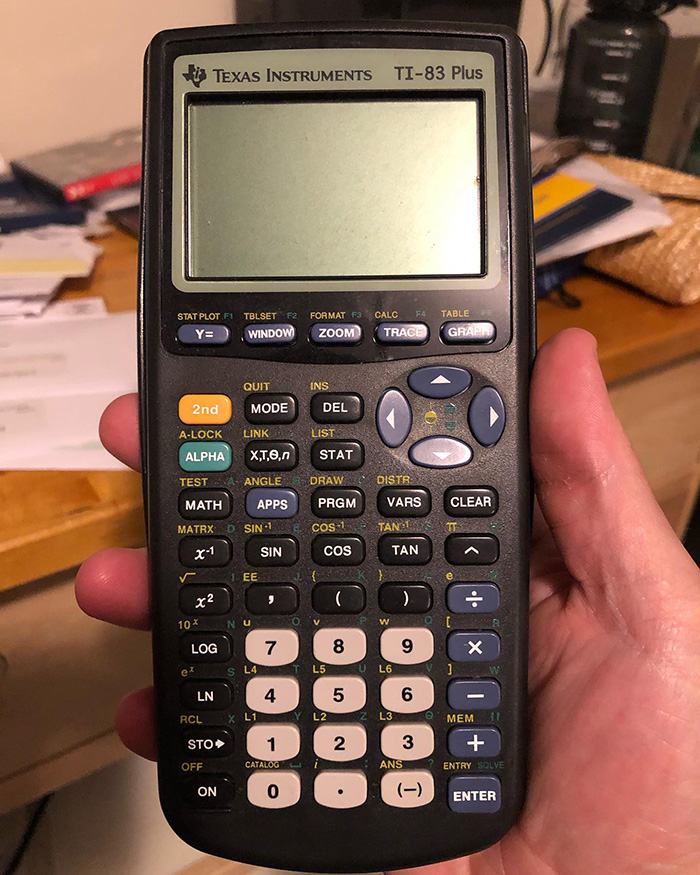
In an era where technology advances at a rapid pace, Texas Instruments’ graphing calculators like the TI-83 and TI-84 seem to be stuck in the past. Launched in 1996 and 2004 respectively, these calculators have remained largely unchanged, featuring a 6 MHz processor, non-rechargeable batteries, and a screen reminiscent of an old Game Boy. Surprisingly, their price has also remained stable, costing around $100, unlike other outdated gadgets that typically decrease in price.
The Economics of Supply and Demand
The enduring high price of these calculators can be attributed to the principles of supply and demand. Graphing calculators are still a staple in American classrooms, with strict guidelines governing their use. Many math curriculums require students to use specific models like the TI-83 or TI-84, and standardized tests like the SAT and ACT have stringent rules about permissible devices.
Public education is often slow to adopt new methods, and even progressive classrooms find it challenging to move away from these calculators. While other companies offer slightly cheaper alternatives, the majority of students are directed towards the TI models, as it simplifies teaching with a standardized device.
Texas Instruments’ Market Dominance
Texas Instruments’ stronghold on the market further explains the high cost. The company accounted for 93 percent of U.S. graphing calculator sales between July 2013 and June 2014. Despite the calculators’ simple construction, estimated to cost only $15-20 to manufacture, the high demand allows Texas Instruments to maintain a profit margin of over 50 percent.
The company reinforces its monopoly through support services and workshops for teachers, ensuring that their products remain the standard in classrooms. While smartphones have replaced many gadgets, they are not suitable for testing environments, leaving students and parents with no choice but to invest in these seemingly outdated calculators.

Theodore Lee is the editor of Caveman Circus. He strives for self-improvement in all areas of his life, except his candy consumption, where he remains a champion gummy worm enthusiast. When not writing about mindfulness or living in integrity, you can find him hiding giant bags of sour patch kids under the bed.
